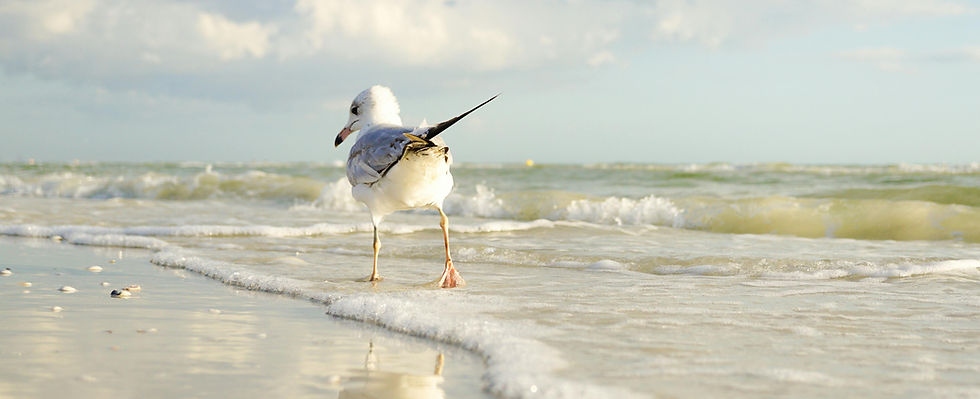The NEST-essities during UK’s nesting season
- Rosie Buckley
- Mar 4, 2023
- 3 min read
Updated: Mar 15, 2023

The UK is in nesting season ( March & July ), which is the period when birds and other animals tend to nest. This is a time that studies show that many species of birds are not just nesting but raising their young. It's illegal to cut down trees during this time of year because there could be wildlife in them. It's also illegal to disturb the nesting birds, who will become stressed and abandon their nests. If you see a tree with a nest in it or if you have any reason to believe that there are animals living in your trees, we recommend leaving them alone.
It’s essential to plan ahead if you intend on cutting down a tree during this time frame; failure to do so could result in inadvertently damaging or disturbing nests and eggs.
If you must cut down a tree during the nesting season (Tree is damaged and can cause harm to its surrounding area) it is vital that you check for any active nests before carrying out work. You should also be aware of any potential nesting areas that may be nearby, as this could indicate a future nest site.
The best way to do this is by looking for signs of activity
• Birds entering and leaving the tree
• Feathers or other materials left on the ground around the tree
• If you see two birds sitting on a branch together and one flies away, this is a sign of nesting activity
• Birds carrying food into the nest
If you notice these indicators, it’s important to pause your work until you can properly assess whether nesting is taking place in or around the tree.
Fortunately, there are ways to prune a tree without disturbing local wildlife. For example, if possible, try to avoid cutting down trees during the busy peak season when most species are actively nesting; instead wait until later on in summer, when many have finished breeding and moved on. Additionally, you can minimise the impact of felling trees by using a specialist tree surgeon who is trained to identify and protect nesting sites from potential disruption.

How to prepare your garden for nesting
Here are some tips for creating a wildlife haven in your back garden:
• Provide a variety of different habitats – You want to create areas where birds, mammals, amphibians, reptiles and insects can all thrive. Consider adding rocks, logs or brush piles to provide cover for animals; water features such as bird baths or ponds to attract aquatic life; and plenty of native plants that provide food sources.
• Create nesting sites – Birdhouses are a great way to give birds somewhere safe to nest. Make sure they’re the right size and shape for the species you want to attract.
• Reduce the use of pesticides – Chemicals can be toxic to wildlife, so opt for natural insect repellents and keep an eye on your plants for signs of pests.
• Leave some areas wild – Wild patches of grass or shrubs provide shelter and give animals a place to hide from predators.
• Add feeders and baths – Offer food sources such as bird seed or suet to attract birds year-round; also install water features such as a pond or birdbath with shallow edges that’s easy for small animals to access.
By taking some simple precautions you can ensure that the tree-felling process does not negatively impact local wildlife or disrupt nature’s natural balance. By planning ahead and following best practices for cutting down a tree during the nesting season, you’ll be able to safely complete your task without causing any harm to our feathered friends.

Finding an injured bird
If you have found an injured bird or have found any wildlife in your garden, take a step back and assess the situation. If the animal is injured and cannot move, there is precautions to take. If the animal is not injured but still needs help, there are a few things you can do:
• Leave the bird alone to see if it leaves on its own.
• Keep any pets away from the area so they don’t scare the wildlife away.
• If possible, try to provide the bird with some shelter and water. This can be done from a distance as you don't want to startle them.
Finally, if you have assessed the bird and need further advice Call Brent Lodge or your local wildlife hospital for advice on what to do next.
By Rosie Buckley




Comments